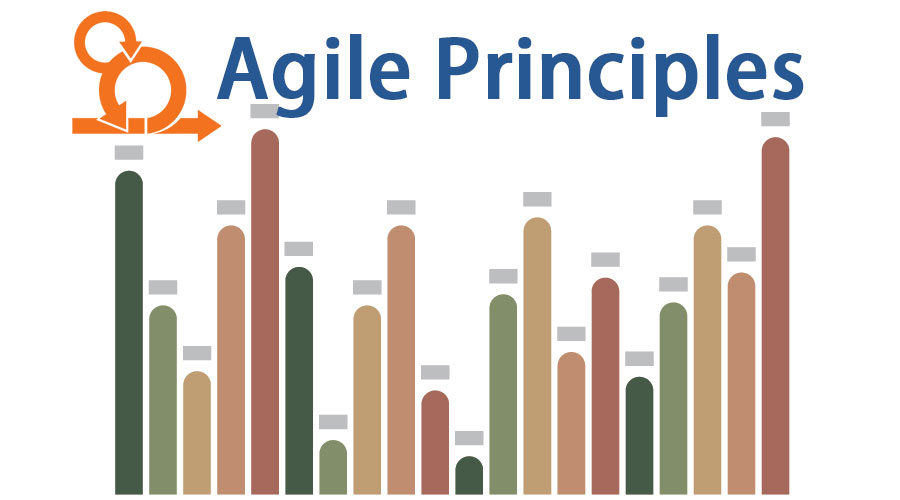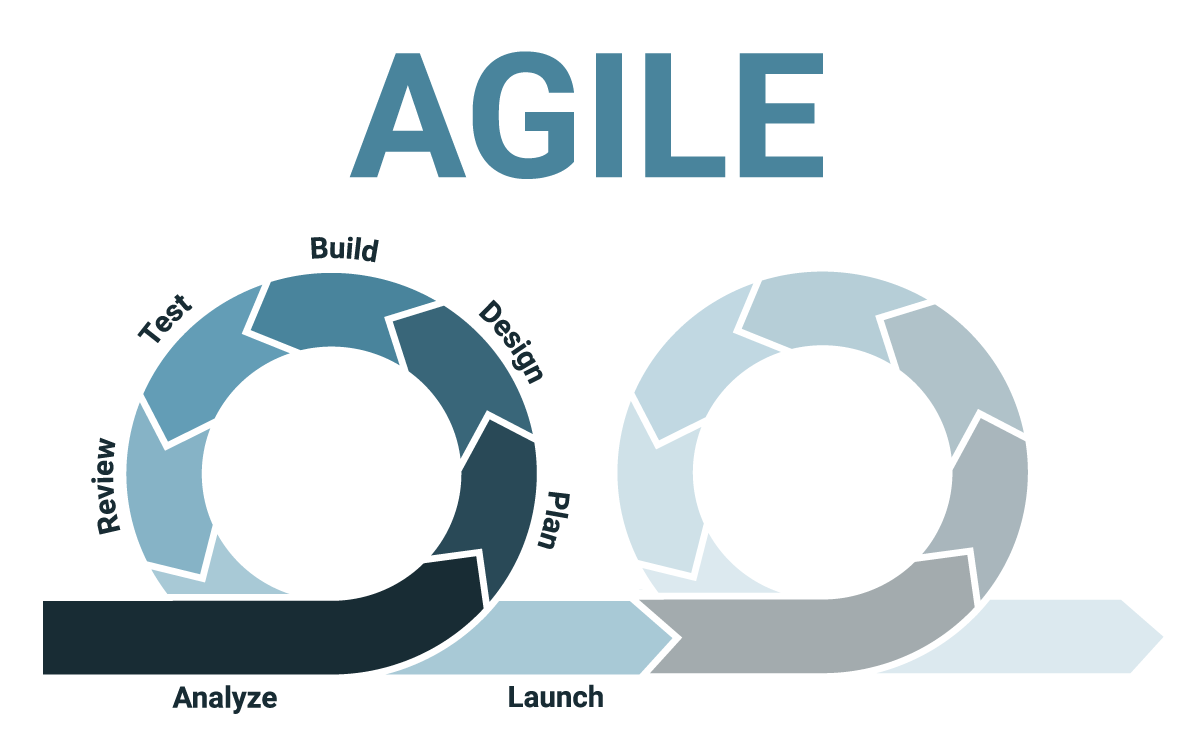In working with hundreds of companies for over two decades, we’ve encountered several common themes where improvement is needed to avoid delays and achieve faster development. The obvious factors for increased speed are scope reduction and additional resources. The latter is rarely viable, and to be effective, resources need to be available early enough in […]
Innovation is crucial for any organization to compete, but many R&D teams have blinders on pursuing only technical innovation – and not necessarily making major advancements. R&D leaders put constraints on their organization’s competitive advantage by neglecting to innovate organizationally and culturally. Here are five trends that we’ve seen in companies that are thriving by […]
The concept of agile project management is not new, but until recently has been utilized mainly for software development. Scrum is the specific agile way-of-working used by most software teams, which involves incremental development by teams working typically in 2-week sprints. The output of each sprint is working software with added functionality. Engineers involved in […]
Agile is currently one of the most widely used project management methodologies. While Agile principles and methods quickly gained traction in the software and IT industries, agile project management has developed over the years and has been established as a preferred alternative to develop products for industries ranging from automobiles to medical devices. According to […]
Many companies realize that traditional product development methodologies limit an organization’s ability to generate breakthrough innovations because of their inflexible approach and experiment-squashing upfront planning. They emphasize linear processes and run in a sequential cycle. While Agile methods are quickly supplanting historic waterfall-style processes with their emphasis on continuous and iterative development, a major complaint […]










